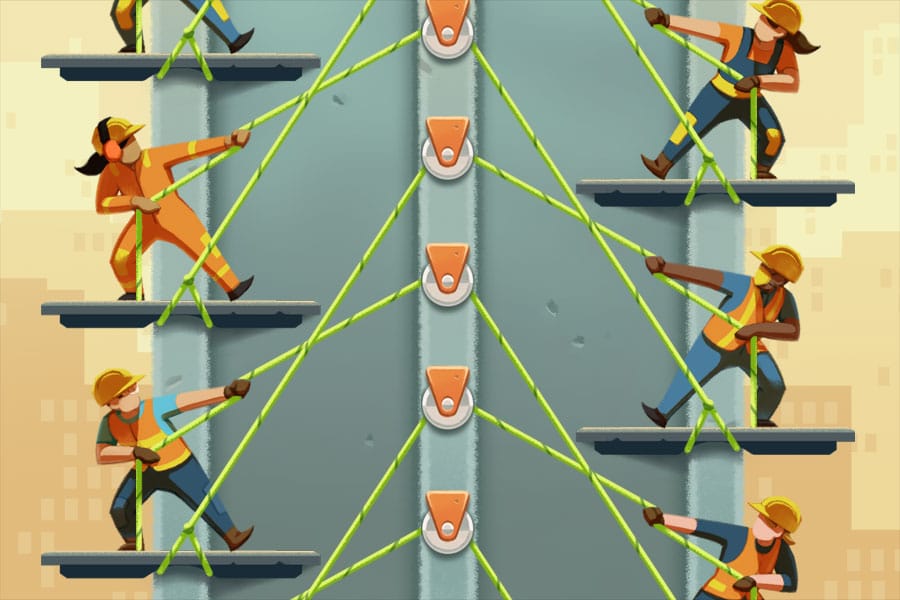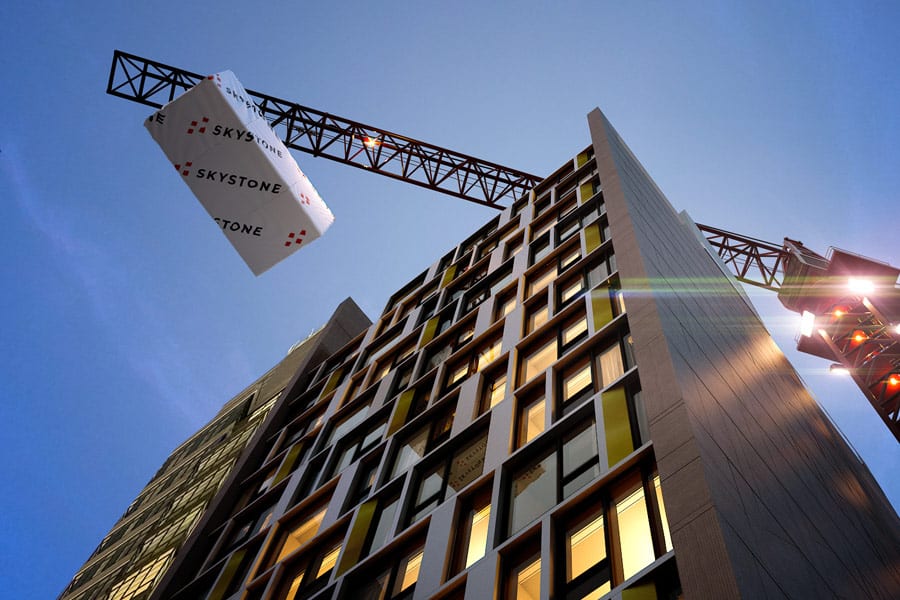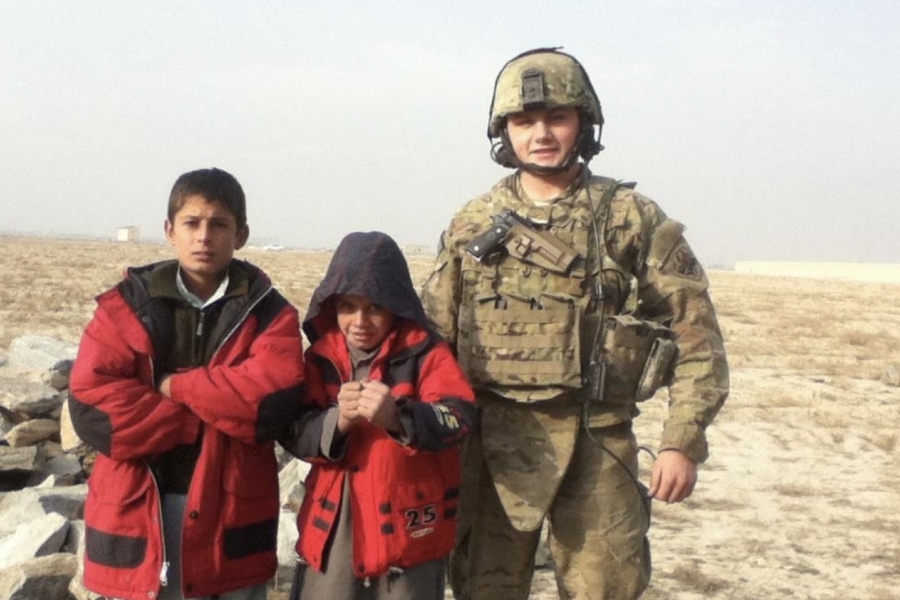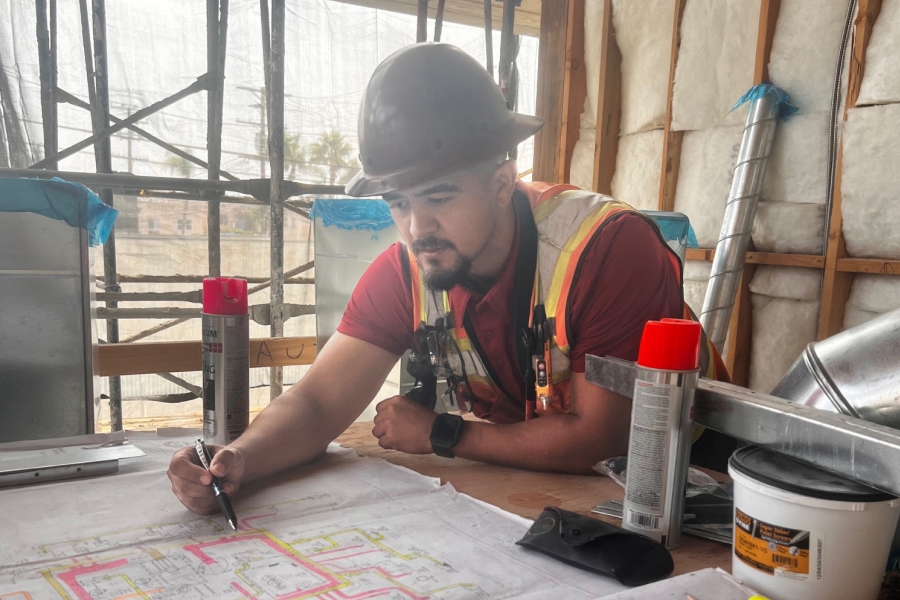Illustration by Lil Chan
Mentorship programs provide plenty of value for mentors, mentees and the companies that employ them. They boost employee engagement, productivity, retention and can even lead to raises and promotions for participants because of the relationships they nurture, according to HR and business management experts.
But as employers and employees juggled the extraordinary challenges that COVID-19 recently presented, mentorship and career development programs were sometimes placed on the backburner. A survey from Doodle, an online meeting scheduling tool, found that 41% of respondents said their career had stalled during the pandemic and 49% said programs such as ongoing mentoring were sorely lacking in their workplaces.
As we move further away from the pandemic’s most challenging days, it might be time for construction companies to take a fresh look at their mentorship programs or start a new one. “It is a lot more important now than ever because connection is everything,” said Anna Wahl, founder and principal human resources consultant at Wisconsin-based CultureStream HR Solutions. “Look out in the world today at how many folks are suffering in respect to not having connection anymore to their loved ones.”
For many, work has always been another kind of family. “It’s important to stay in touch and think you still have a career path,” Wahl said. Mentorship programs can help employees do just that.
Charting a career
Mentorship comes in all forms. Relationships often pop up informally between colleagues during regular chats about experiences or on-the-job dilemmas. Professional groups offer formal programs, too.
Rachel Killion was a budding architectural designer, unsure of her exact path forward, when she joined the American Institute of Architects Chicago chapter’s Bridge Mentorship Program a few years ago. Bridge matches fledgling architects with AIA fellows.
“It really helped me to see that being an architect takes many forms and getting to dialogue with others in slightly different roles was incredibly valuable to my personal and professional growth,” said Killion, a senior associate at Hartshorne Plunkard Architecture in Chicago.
Now Killion is co-chair of the program with Carl Sergio, a senior project architect with IA Interior Architects, and Jessie LaFree, a project manager with Mike Shively Architecture. The program is less about teaching skills and more about sharing experiences between mentors and mentees, LaFree said.
“It’s well known in architecture that you don’t hit your ‘prime’ until you’re 50 or older sometimes,” Sergio said. “So, there’s a much larger opportunity for a continual amount of knowledge sharing and experience sharing. And there’s also just very notable transition moments in the career of an architect that are critical, that need mentorship, that need help moving ahead.”
Bridge continued virtually during COVID-19, and partly because of its success, Sergio has helped to create a new national mentorship program through AIA called NEXUS, which also matches emerging professionals with AIA fellows. The first sessions began in May.
Through the Construction Management Association of America’s mentorship program, construction managers-in-training can be assigned to certified construction managers for mentoring. Those mentor-mentee relationships are critical, said Nick Soto, the association’s vice president of professional development. But so are the connections cultivated between peers in the program who can serve as sounding boards for each other as they move up in their career in parallel.
“To me, the bigger part of any mentor program should be about building a network,” Soto said. “This is not only building the network with experts, but people who are in a similar situation to you.”
In-house mentoring
While professional groups and individual connections can help people chart their career course, workplaces also can build a culture of mentorship, said Je’Nen M. Chastain, founder of North Carolina-based Apostrophe Consulting, which advises architecture firms on people management issues.
“The value is that you are creating a culture of trust and communication where junior staff feel comfortable approaching senior staff,” Chastain said. “They learn how to ask questions; they learn how to ask the right questions and there are not these barriers to communication in terms of being unsure or uncertain about how to get the help they need to move forward.”
Informally, that means allowing for two-way communication between project managers and junior staffers during check-ins, and holding regular meetings to create transparency for the entire staff around projects and marketing efforts, she said.
More formally, it means creating an in-house mentorship program. But you can’t just throw colleagues together and hope for the best.
Here are hallmarks of a great mentorship program.
Get executive support
The executive team must be on board, said Wahl, who built a mentorship program at a previous technology company job. And it can’t just be lip service. The company should pay for regular events such as coffees or recognition programs to demonstrate support for the initiative, and leaders should participate, she said.
Find the right mentors
Good mentors have soft skills. They are effective communicators, active listeners and display empathy. “You really want somebody who wants to be engaged and wants to be a guide,” Wahl said.
Take feedback
Let the program meet the participants’ needs. After she launched the mentorship program, Wahl heard from participants who said they preferred not to mentor direct reports. In another case, somebody asked for shorter term coaching sessions that focused on one particular skill. She made the changes. “We were always growing it,” Wahl said.
Disconnect it from job opportunities
After the construction management association launched its mentorship program, Soto fielded complaints from mentors about mentees who expected the connection would lead to a promotion or new job. “That was not a desirable thing,” he said. “They felt like they were being used.”
Never force the relationships
The key, LaFree said, is finding people who have a connection and feel comfortable talking with each other. If people don’t mesh, don’t try to salvage the relationship. “If they are not working, then you need to reassign people,” Chastain said. “The thing that will kill a mentorship program is not matching people to the right people.”
Remember everybody benefits
While mentees may reap all kinds of benefits—from learning valuable skills to finding the best way forward in their career—so can mentors. Some feel like they receive as much as they give, Chastain said.
“The gain is a long-term investment in someone,” she said. “You see their career growth over time. You help them stay in the profession. And you help them grow into the practitioner they’re supposed to be.”












